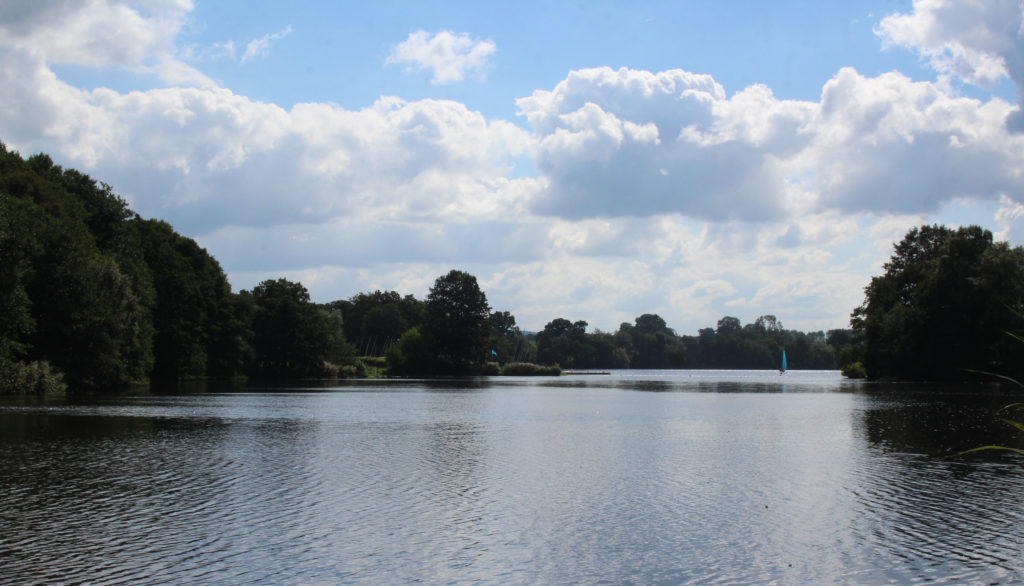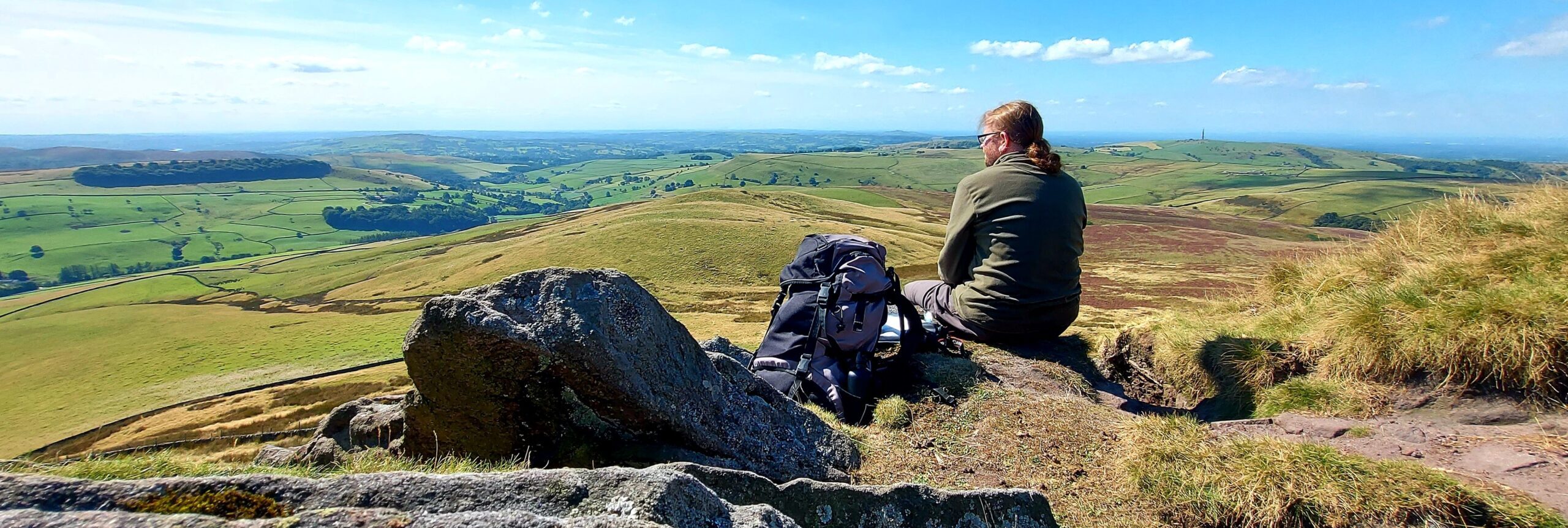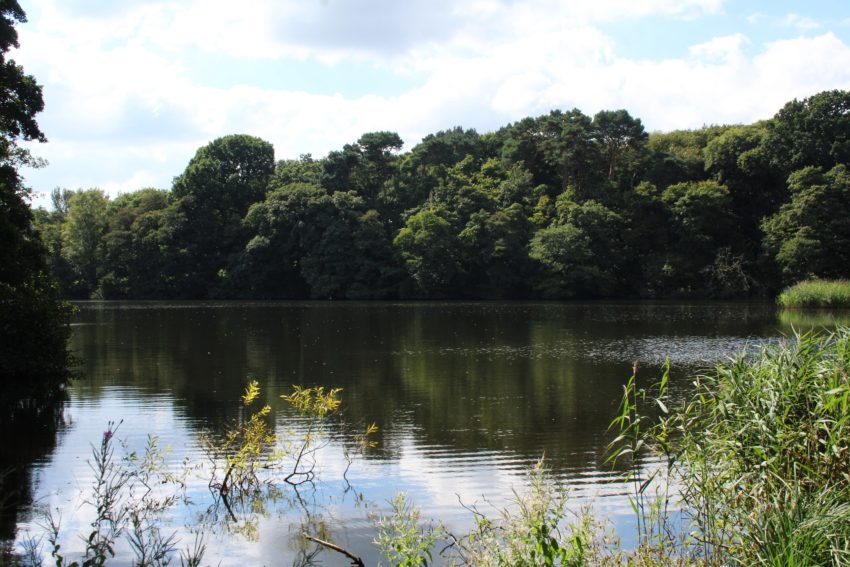Approximate Location
OS Grid Reference: SJ 84841 71735
Latitude / Longitude: 53°14′33″N , 002°13′43″W
A man-made lake lying to the south-east of Capesthorne Hall. The mere was formed, during the late eighteenth century, by damming the Fanshawe Brook to create a feeder reservoir which maintained the water level of three ornamental ponds lying to the south of the hall.
There are widespread reports that Redesmere had a floating island – examples of this tale can be found in various online sources including Cheshire Now, Ludchurch Blog and Folkrealm Studies. It is this folklore which seems to have inspired Alan Garner to use the lake as the location for the isle of Angharad Goldenhand.
Redesmere features in all three books of the Weirdstone Trilogy, but it is perhaps the first appearance of the place which is the most memorable. In Weirdstone, Chapter 17 – Mara, Colin, Susan, Gowther, Fenodyree and Durathror fled from the mara and stumbled into open water. After they backtracked the same happened again. Gradually the fugitives realised that they were on a floating island. Then in Chapter 18 – Angharad Goldenhand, the titular character appeared to them in a dreaming vision, during which it was summertime. They were fed and given gifts including cloaks and the grant of the Mark of Fohla to Susan. On waking, the travellers found that the isle had docked near the Fanshawe Brook and were able to continue their journey.

Angharad’s isle appeared in Gomrath, Chapter 12 – The Mere and Chapter 13 – The Bodach in a scene during which it is explained to Susan that the Morrigan was behind all of their dangers. Susan was then given the horn, Anghalac, and told only to sound it when all else was lost. In Boneland (2012, 127) it was revealed that Susan went missing from Highmost Redmanhey and the Mossock’s horse, Prince, was later discovered on an island at Redesmere.
The curious thing is that the legend of the moving isle may be based on fact. As early as 1842, cartographers were labelling an island, located towards the eastern bank of Redesmere, as “Floating Island”. This tradition persisted until at least 1882, when the Ordnance Survey included the caption on a map drawn up in 1871-72.

Analysis of the available historic mapping shows that the two-acre island was probably not floating freely around Redesmere as it was depicted in the same location from 1842 until 1957. In his book, Floating Islands, Richard J. Heggen speculated that the example at Redesmere may have been a buoyant mass of peat and vegetation which was still anchored to the lakebed. However, by the 1970s, the island had slipped its anchorage and became lodged against the eastern bank of the lake. It was then apparently chained to the shore and, although the restraints have long since rusted away, remains in situ to this day. Garner laid the blame for restraining the island on local council staff in his introductory essay to the 50th anniversary edition of Weirdstone.

